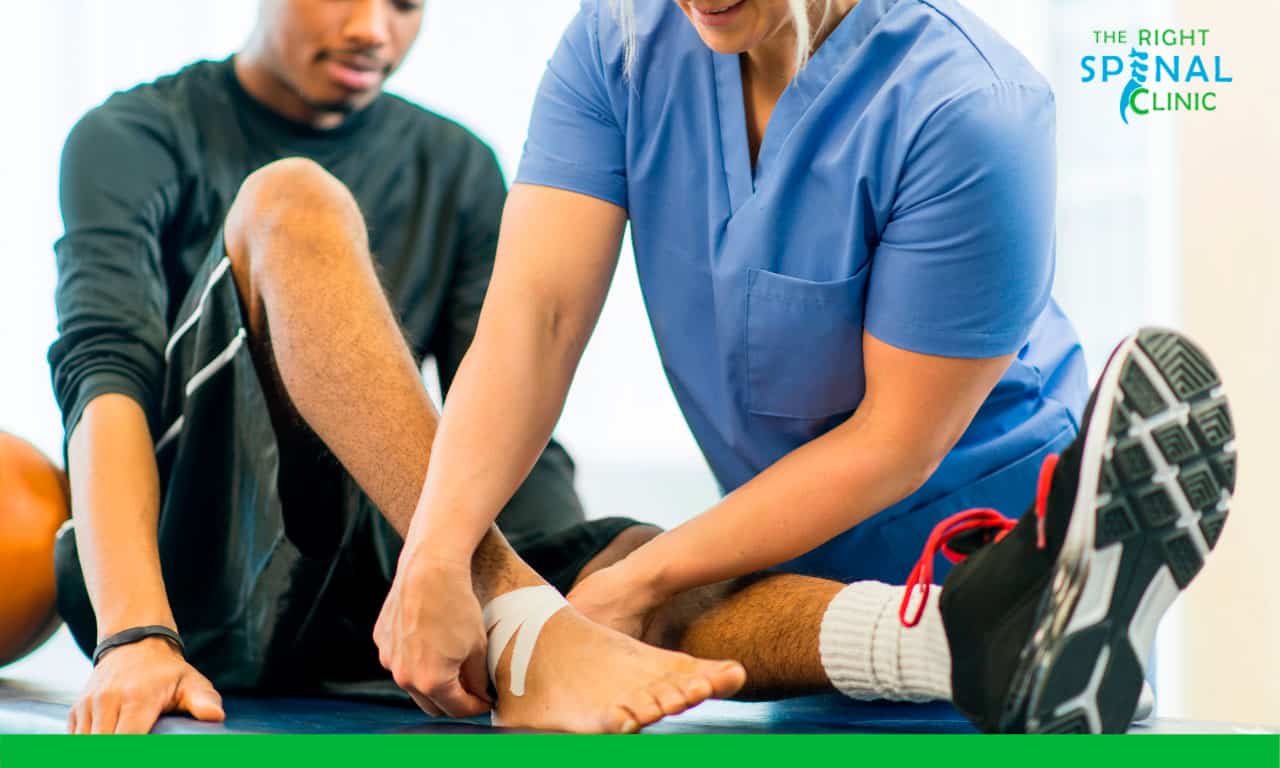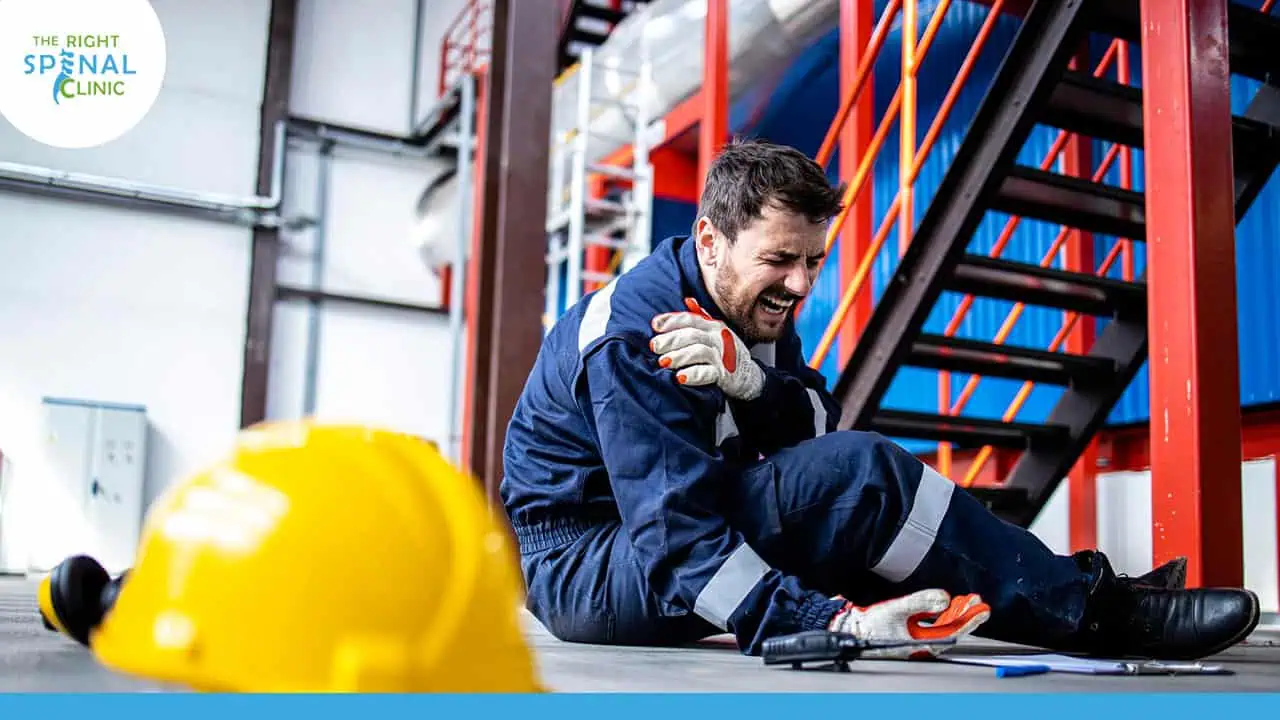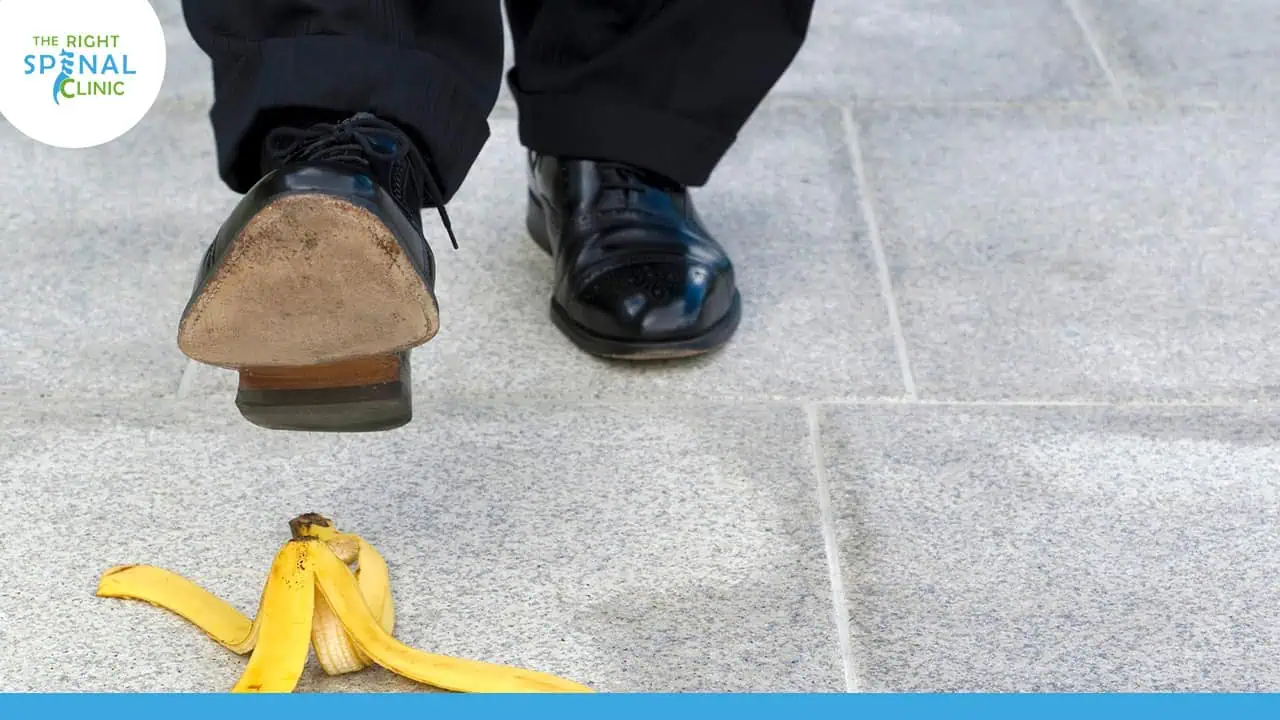
Physical therapy after surgery helps speed up recovery time. By using a combination of treatments and exercises, doctors can lead you through the healing process while building up your muscles to build sustainable strength.
Our team here in Tampa knows how great physical therapy after surgery can be, putting together this list of five reasons why it should be a part of your recovery process.
Reason #1. Synchronicity
When you have surgery on a certain part of your body, you’ll likely experience very limited movements for some time after. The body’s automatic response is to inflame, swell, and protect, which is why you’ll feel sore and stiff.
This stiffness and soreness can be worked out and reduced by introducing the area to movements and stretches. This will help gain balance, mobility, and strength, making your muscles and joints better than they were before.
Reason #2. Keeps Swelling Down
Another response from your body after surgery is inflammation. Though it’s painful, it’s part of the healing process, caused by triggered nerves that react when the body undergoes any kind of surgery. There are several exercises one can use to reduce swelling and inflammation, keeping it down so that they can move more freely and work out their swelling little by little until it’s all gone.
Reason #3. Reduces Scar Tissue
Scar tissue is something that occurs when the body is injured. Since surgery causes injuries to the muscles and surrounding ligaments, it’s typical for scar tissue to form in the area. Scar tissue comes with many negative side effects, including pain, swelling, and even loss of mobilization and function.
Physical Therapists reduce scar tissue in a number of ways including massage therapy and ultrasound therapy, working to break it up and smooth it out so that patients can gain some of their flexibility back. It may take some time but, with continued physical therapy, patients can experience relief from buildup.
Reason #4. Reduces Secondary Issues
Following surgery, the body can react in a number of ways. Apart from getting sore and building up scar tissue, other issues could arise, including blood clots and infection. The body needs a combination of therapies, exercises, and checkups to ensure that possibility of these issues is reduced.
Depending on the type of surgery and the location in the body where it was performed, physical therapists may recommend a combination of therapies to keep the blood flowing and reduce the possibility of an infection or blood clot caused by immobility.
Reason #5. Relieves Stiffness
After surgery, the part operated on may need to stay stiff for some time to aid the healing process. If that’s the case, patients could experience a lack of mobility and stiffness. This stiffness can render muscles weak and make them more susceptible to breakage over time.
Physical therapists know that this could be an issue and typically recommend that patients undergo a series of stretches and dynamic exercises. This will not only help maintain muscle integrity but will also increase flexibility so that daily activities are manageable and easier over time.
Typical Healing Time
Everyone is different and the time it takes to heal can depend on several factors. Age, weight, gender, and underlying health conditions can all get in the body’s way of healing, leaving it susceptible to longer healing times than others.
While there are differences between patients, the typical healing time is about six to eight weeks. While plenty of rest needs to be included as part of the healing process, so does physical therapy. Therapists will work with patients after surgery, helping them maintain their mobility and improve their muscles and nerves to get back up and move better than they were before.
What To Expect From Physical Therapy
For those that are having surgery for the first time, there may be some questions about what happens before and during a physical therapy session. Below, we’ll go over some things to expect and how you can prepare for your first physical therapy session.
What to Expect
One of your first sessions is an evaluation, one that is used to determine your future plan. Physical therapists will ask a series of questions, check key measurements, and start focusing on the area that needs attention.
Through a series of movements and small exercises they use as tests, physicians will fully examine and determine your customized plan. They will include all the treatments and exercises in your plan and the duration in which you’ll be expected to attend physical therapy in Tampa.
How Long Will A Session Take?
Most of the time, sessions are anywhere from 30 to 60 minutes. During a scheduled session, your physicians will start the treatment, observing your progress as you go. As far as the duration of your physical therapy, it just depends on the physician’s thoughts, as they construct the plan based on your initial appointment.
Expect at least one checkup in the middle of your sessions, where your therapist will reexamine your injury, checking the progress and determining whether additional time is needed or if their initial plan will continue to work.
What to Wear?
In most cases, comfortable and loose clothing is recommended, allowing you to stretch and move comfortably. There are some instances where more specific treatments, like swimming, will require you to wear specific gear.
Otherwise, loose-fitting clothing with easy access to the injury is key. During the session, expect physicians to feel the area both over and under clothing to ensure that you’re targeting it properly and the movements are where they need to be.
What's Your Part?
Physical therapy doesn’t stop in the office and is typically recommended outside of it too. Whether it’s in your home or at work, your physical therapist may recommend a series of exercises for you to do on your own.
It’s important that you keep up with these and actually do them, as this will only aid your healing and make the entire process faster and more manageable.
What About After?
Not every patient recovers 100%. In some cases, there may still be pain here and there or reduced flexibility. It’s important to note this and not get one’s hopes up, as it may take much longer than anticipated. Plus, some healing may need to happen without the therapist, taking time to strengthen worn-out muscles over time.
During each session, patients should write down what their physicians say, using that as a reference while they are home. When sessions have ended, patients can also refer back to their notes to have a better idea of how to maintain their new movements and reduce pain if it comes back.
Remember, Healing Takes Time
If there is one thing to keep in mind it’s that healing takes time. There is no quick fix when it comes to injuries, and the entire process can take much longer than anticipated. There may still be pain from time to time and other symptoms may arise later if a regimen is not followed.
Here at The Right Spinal Clinic, we’re dedicated to making your healing experience run smoothly, providing you with in-clinic and at-home techniques to help you heal faster. For any questions or a consultation to make your aches and pains go away, give us a call, and let us help you take control of your health.
Recent Posts











